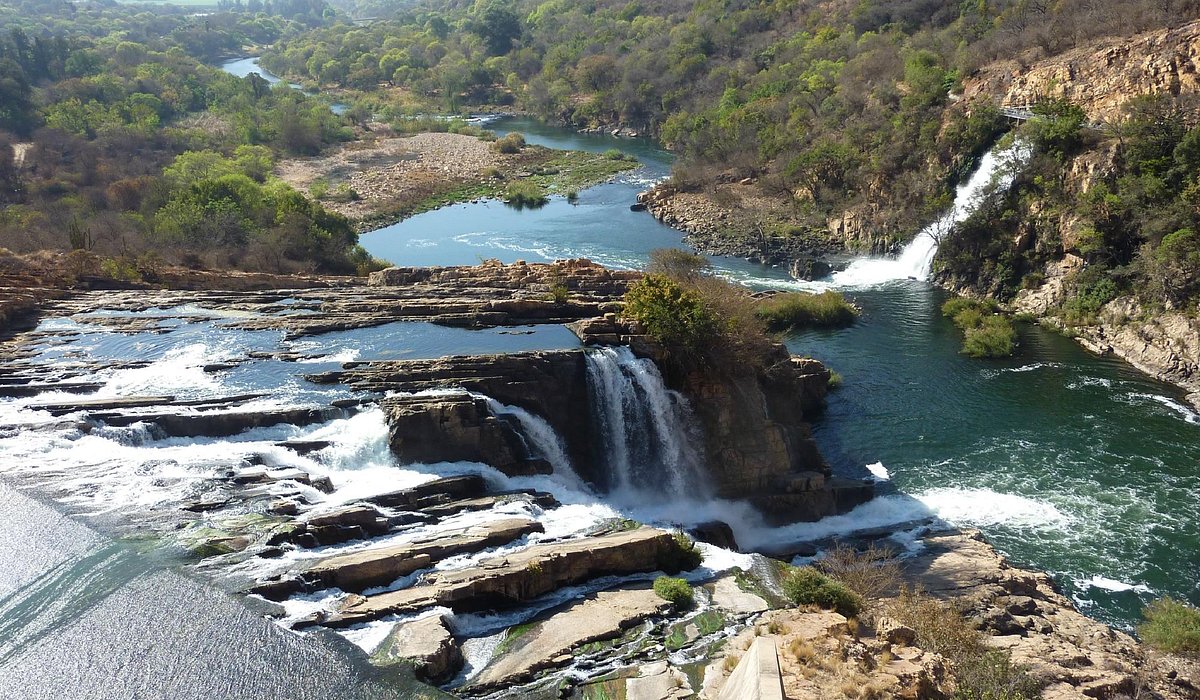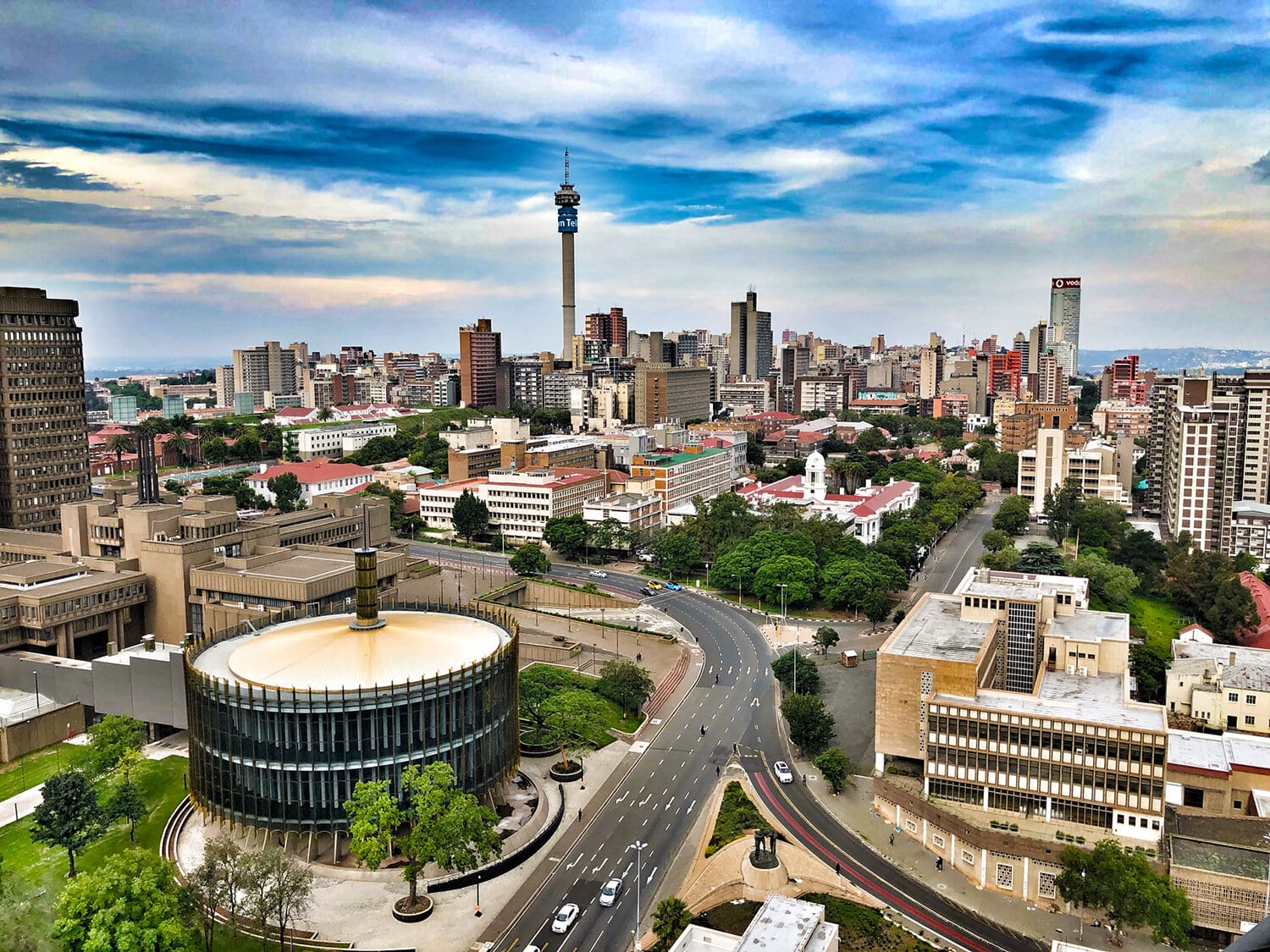Johannesburg North Attractions - The Facts
Johannesburg North Attractions - The Facts
Blog Article
The Only Guide to Johannesburg North Attractions
Table of ContentsJohannesburg North Attractions Fundamentals ExplainedThe Ultimate Guide To Johannesburg North AttractionsThe Best Strategy To Use For Johannesburg North AttractionsThe Buzz on Johannesburg North AttractionsJohannesburg North Attractions - The FactsJohannesburg North Attractions Can Be Fun For EveryoneWhat Does Johannesburg North Attractions Do?
You ought to maintain security in mind and travelers have to stay sharp at all times when in unfamiliar surroundings. Talk to the citizens when you are in town to discover out concerning the area you are remaining in. Johannesburg North attractions. When on the road (this does not put on shopping center and various other protected settings) best general suggestions is to try your finest to look like a local and to prevent presenting any type of wide range
The Basic Principles Of Johannesburg North Attractions
Professor Revil Mason O. J. (Thomson, 1946) discovered the Witwatersrand's pre-colonial history. His archaeological work exploded the 'em pty land' myth, according to which the region was empty of human habitation before the arrival of European inhabitants. In his publications Prehistory of the Transvaal: A Document of Human Activity (1962) and Origins of Black People of Johannesburg and the Southern Western Central Transvaal AD 3501880 (1986 ), Teacher Mason showed the level of social and financial development in the area before Europeans set foot right here.

Some Of Johannesburg North Attractions
In 1878, David Wardrop found gold in quartz veins at Zwartkop, north of Krugersdorp. In 1881, Stephanus Minnaar came throughout gold on the ranch Kromdraai, near the Cradle of Mankind.
In March 1886, a protrusion (soon to be called the Key Reef) was located, quite fortuitously, on Gerhardus Oosthuizen's farm Langlaagte. Some state that the Lancastrian coal miner George Pedestrian uncovered this coral reef. Another itinerant English prospector, George Harrison (who had previously operated in Australian mines) gotten a prospecting permit in regard of Langlaagte in Might 1886.
He decided to carry on in a mission for greener pastures, and disposed of his Langlaagte insurance claim for the baronial amount of 10. Alas: under lay the wealthiest goldfield ever before located. The exploration of this abundant auriferous coral reef prompted a gold rush that indicated the end of bucolic tranquillity in the southern Transvaal.
It would, within six years, become the biggest community in southerly Africa. Within a years, it would certainly make the Z. A. R. up until then an anarchical and bankrupt little state the wealthiest country in Africa. By the turn of the century, the Z. A. R. was to go beyond Russia, Australia and the USA of America to come to be the world's leading gold producer, generating more than a quarter of the globe's gold.
Johannesburg North Attractions Can Be Fun For Anyone
It was known as Ferreira's Camp, called after Colonel Ignatius Ferreira. He was a Boer adventurer upon whom the British Find Out More authorities had actually presented the standing of Buddy of one of the most Identified Order of St Michael and St George (qualifying him to the post-nominal letters C. M. G.) in thankfulness for his role in the war that had deposed the Pedi king Sekhukhune in 1879.
Quickly the camp was including outdoors tents and wagons as newbies arrived daily from much and wide. By September 1886, some 400 individuals resided in Ferreira's Camp, which quickly boasted upreared iron and hardwood buildings. 2 other camps were developed: Meyer's Camp Recommended Reading on the farm Doornfontein, and Paarl Camp. The latter was nicknamed Afrikander Camp; lots of people from the Cape Nest settled there.

The Greatest Guide To Johannesburg North Attractions
This name obtained currency by word of mouth, such that the State Assistant verified the name to the Mining Commissioner on 9 October 1886. Stands in the village were auctioned on 8 December 1886. While some stands were cost 10, others were knocked down for just sixpence.
Two years later on, these erven were to alter hands for as high as 750 each. The tented camps diminished as a dorp of corrugated iron buildings created and expanded north of the mines located along the Main Coral Reef Road. Areas such as Jeppe's Town (where working-class immigrants erected their dwellings) and Doornfontein (where the upscale new 'Randlords' started to construct their extravagant residences) were quickly included in the ever-expanding map of the community.
The Facts About Johannesburg North Attractions Revealed
Apart from the road names, there were no indicators of Johannesburg being positioned in a Dutch-speaking country., almost every person talked English and also the Federal government slaves resolved one in English, unless they were initial addressed in the Taal (or Low Dutch)'.
Because of this, Britain had a rate of interest in making certain optimum problems for gold manufacturing on the Witwatersrand, which the gold was exported to London as opposed to Berlin an important made even more clamant by the Z. A. R - Johannesburg North attractions.'s boosting toenadering with Germany. Mine owners got on a clash with Head of state Kruger, whose policy of monopolistic concessions (often granted to his cronies) protected against mining firms from acquiring materials of materials (specifically dynamite) and labour on their own, cheaper terms
All About Johannesburg North Attractions
In 1890, the Volksraad had limited the franchise to white guys that had actually stayed in the Z. A. R. for fourteen years or longer, therefore invalidating the majority of the immigrants (who happened to be the major factors to the fiscus). Anxiety for the ballot was a mere pretext for advertising a various agenda; many uitlanders check my source concerned themselves as temporary visitors and had no objective of staying in the Z.
Report this page